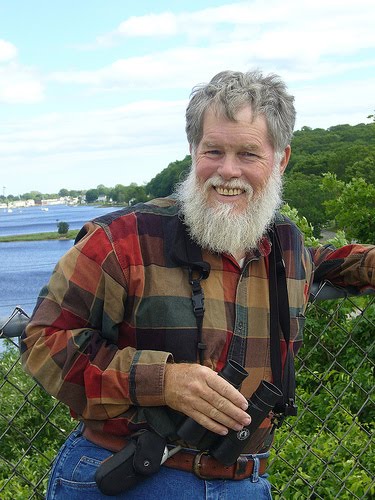One of the most obvious failures of a work day several years ago involving Duke Energy at the preserve was the lack of a long-term plan to control regrowth of the tree canopy.
As anyone who has a tree in their yard or a neighbor who has tree can attest, trees shed leaves annually and someone has to deal with the results.
In some habitats that is no big deal because the leaves have an ecological benefit and are better left where they fall.
In scrub habitat it can be a bit more challenging.
This is true here regarding the attempt to create a sustainable population of Scrub Lupine, which was recently once again described as a separate species from another lupine in the Florida Panhandle and is extremely rare.
It does not do well with a lot of tree canopy, which has overwhelmed the latest planting area and created a lot of leaf litter and that is the challenge in the most recent planting area here.
Today I set out with a rake to deal with the leaf litter, but it seemed that stronger measures might be appropriate.
In the most recent planting area, I found one seedling after raking the leaves and another after checking the remains of a dead plant and still another amid the little bare ground amid some sprouting oaks.
I was still removing old flags from previous years and while I was at work found one survivor from last year's seedling emergence that will need some help to see the sun.
The earlier planting areas--especially the first one--are badly overgrown.
.I do not have any herbicide to treat the small stumps, but may use spray paint as an interim treatment I will report how that works out.

